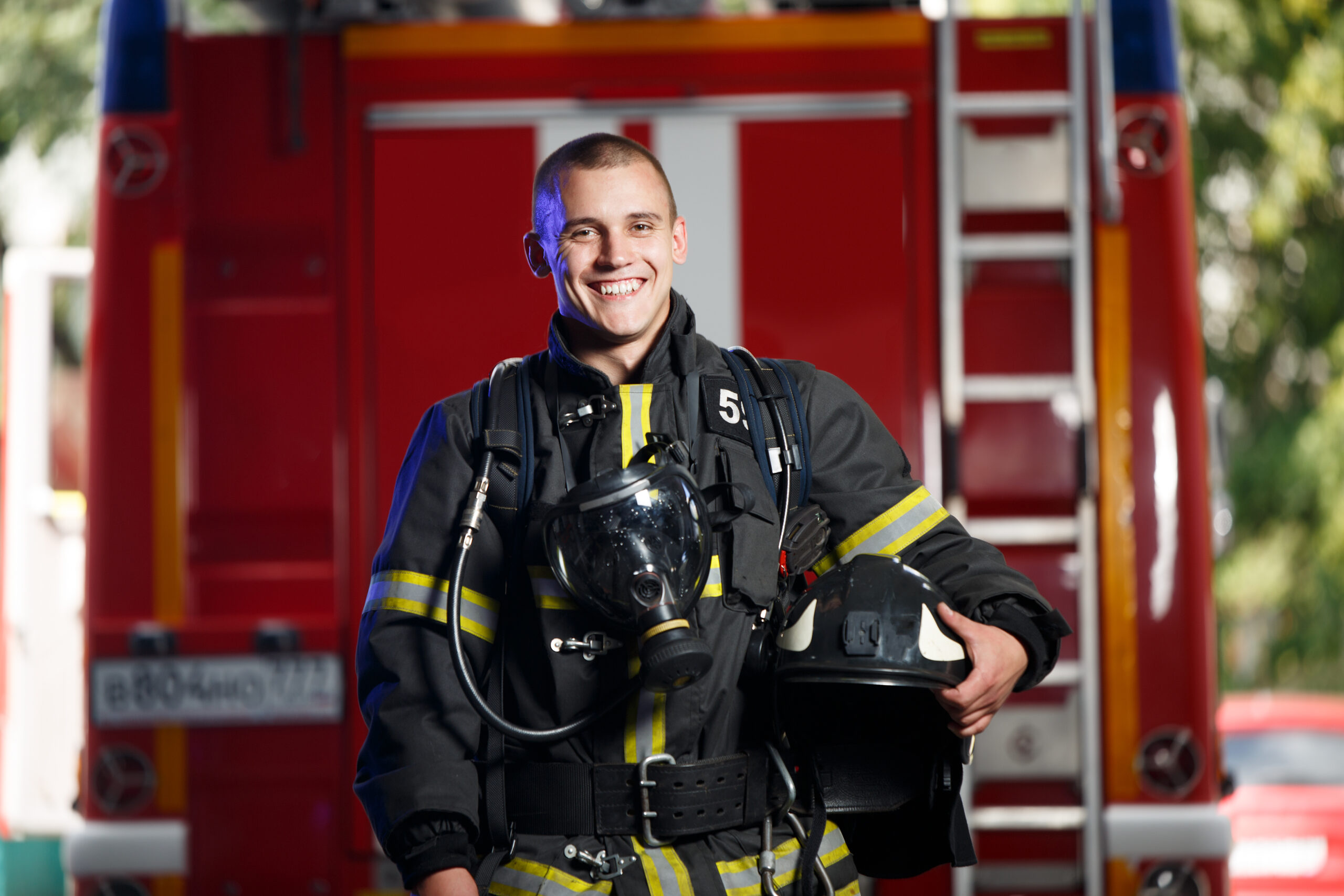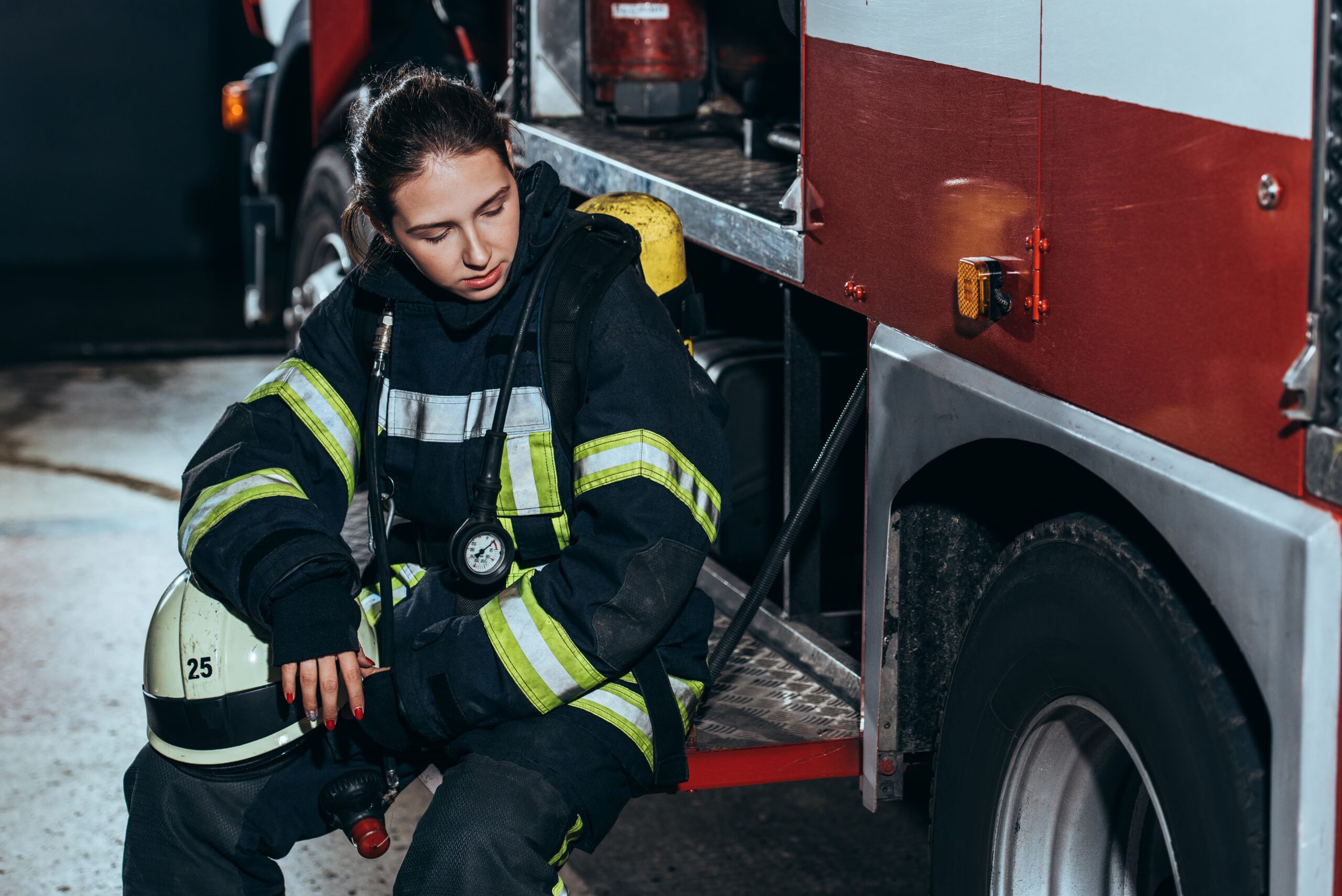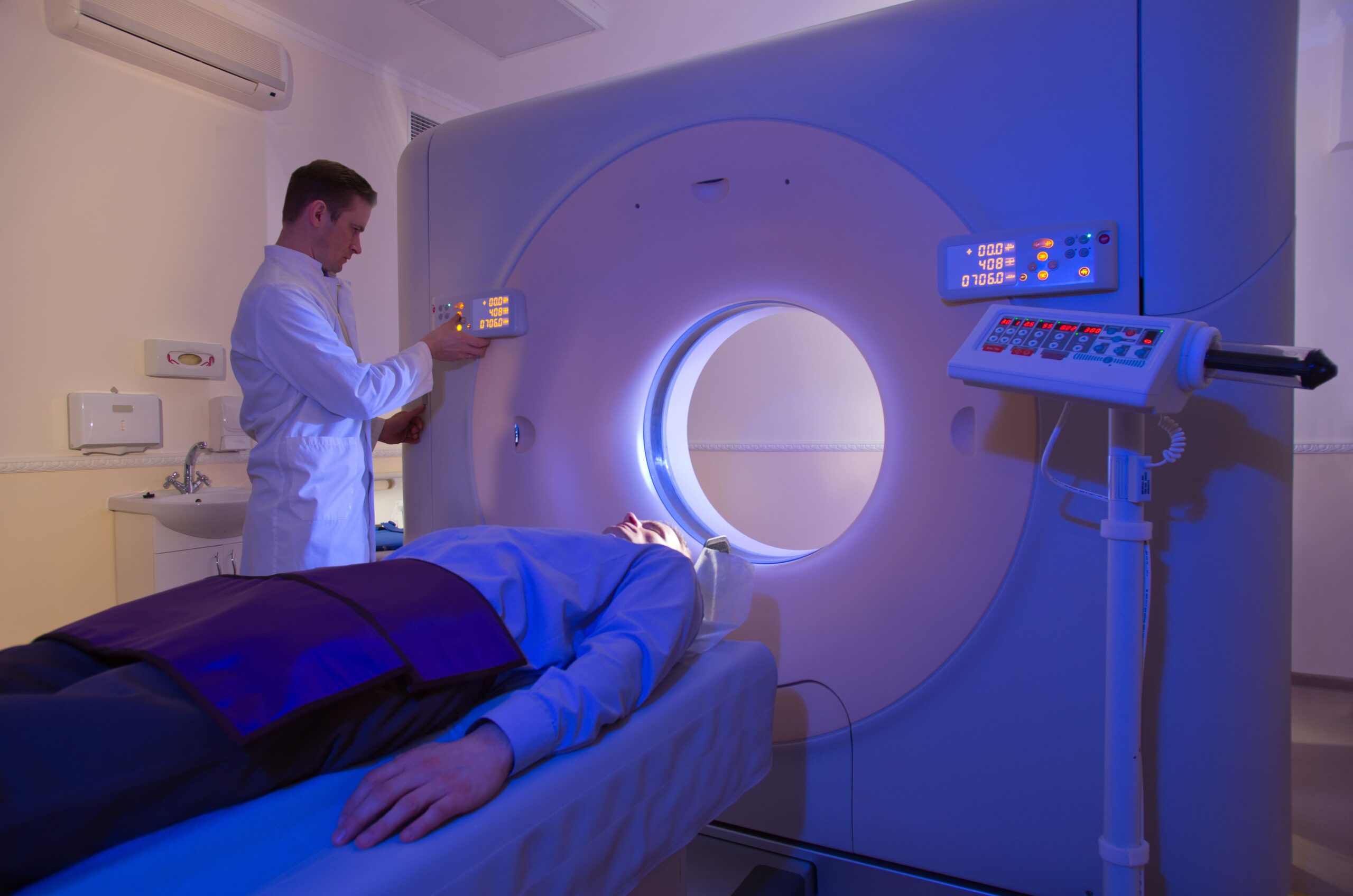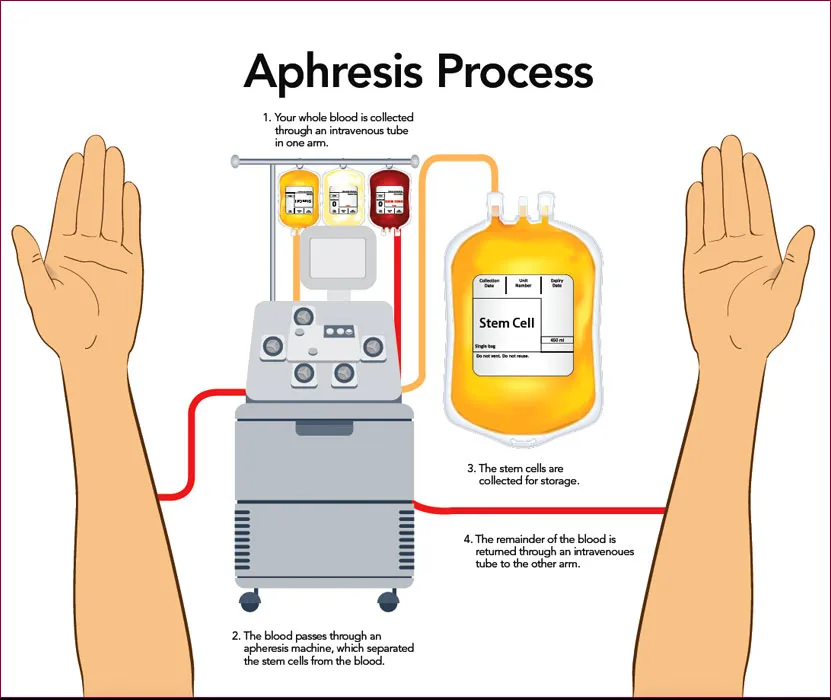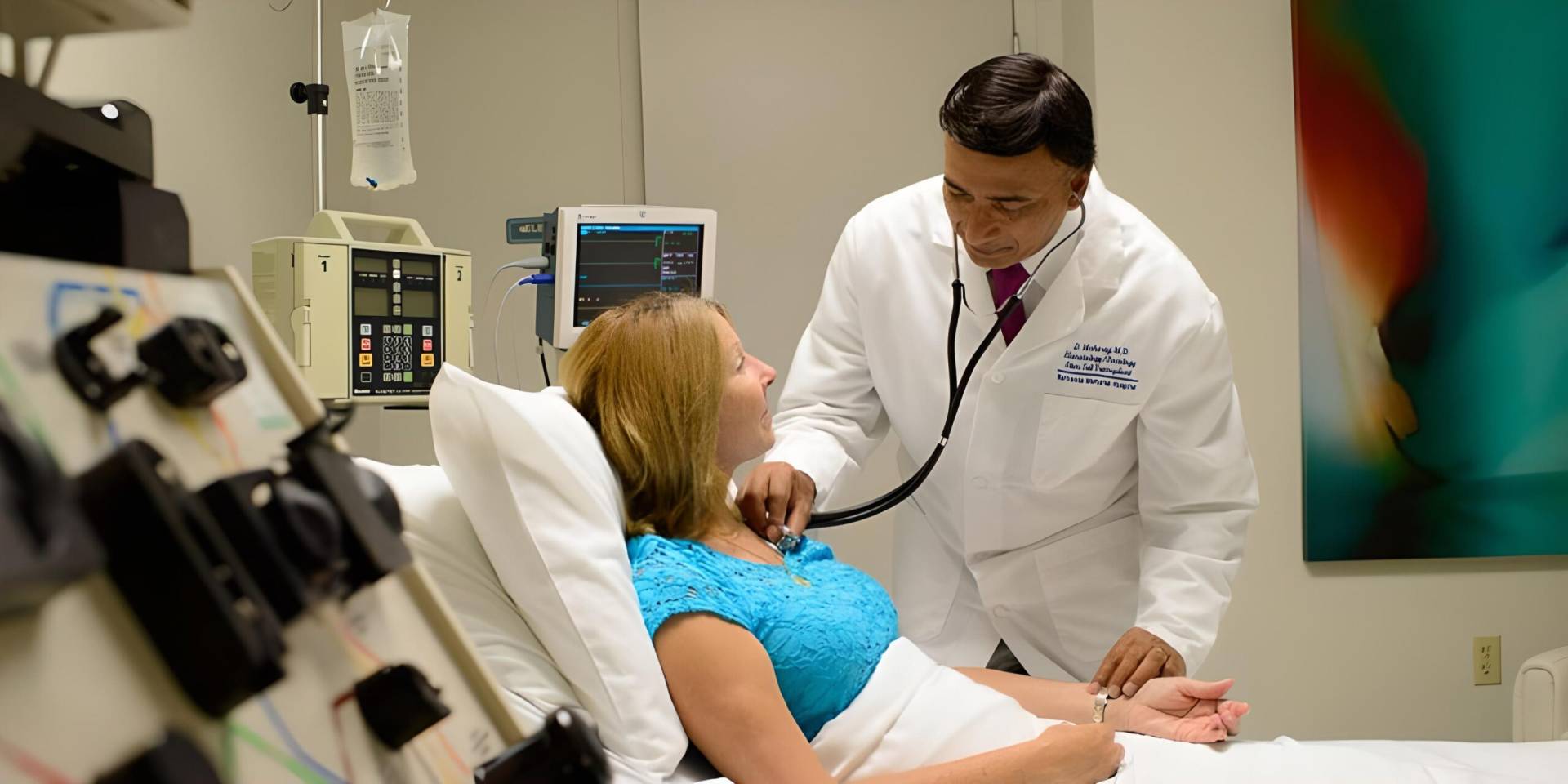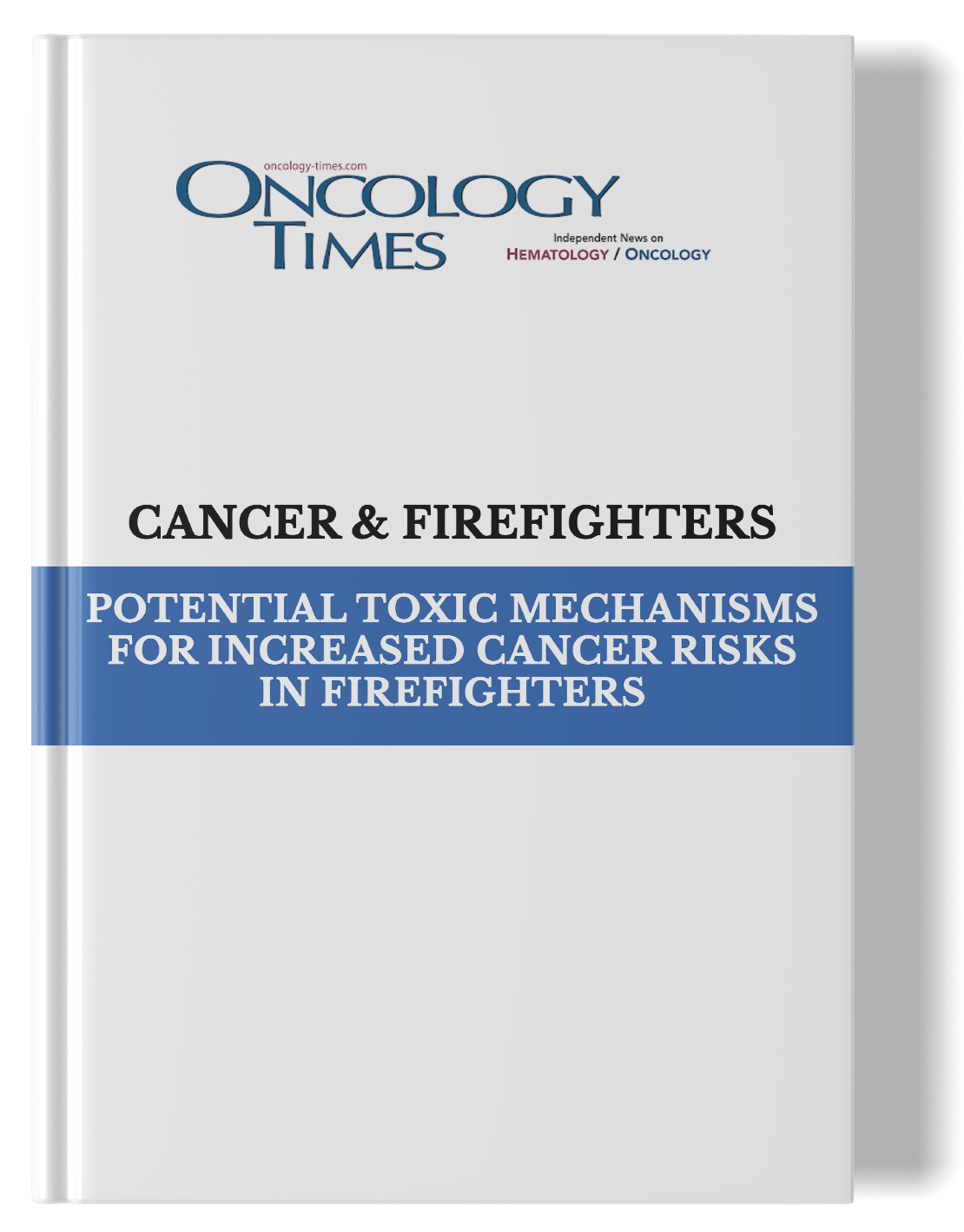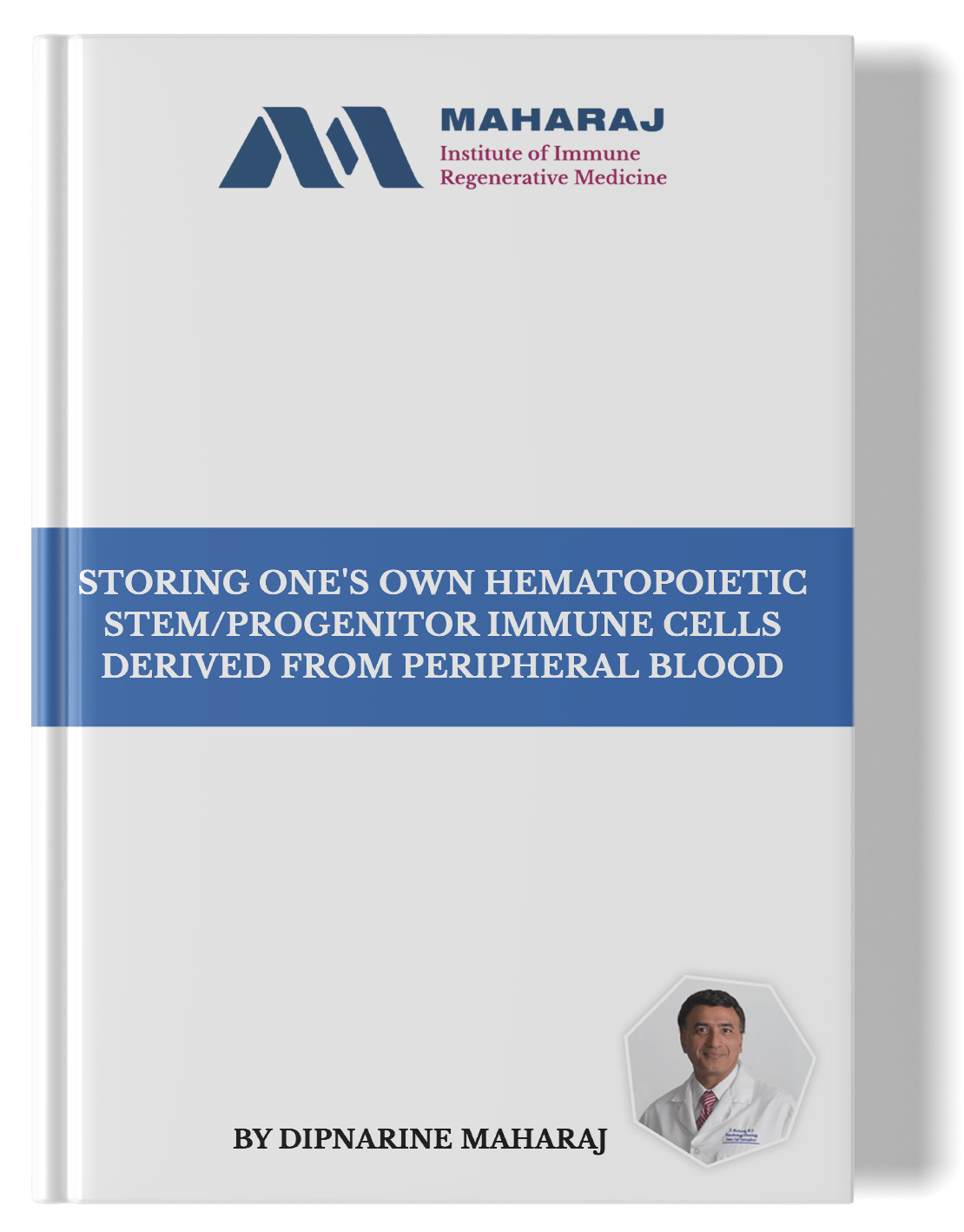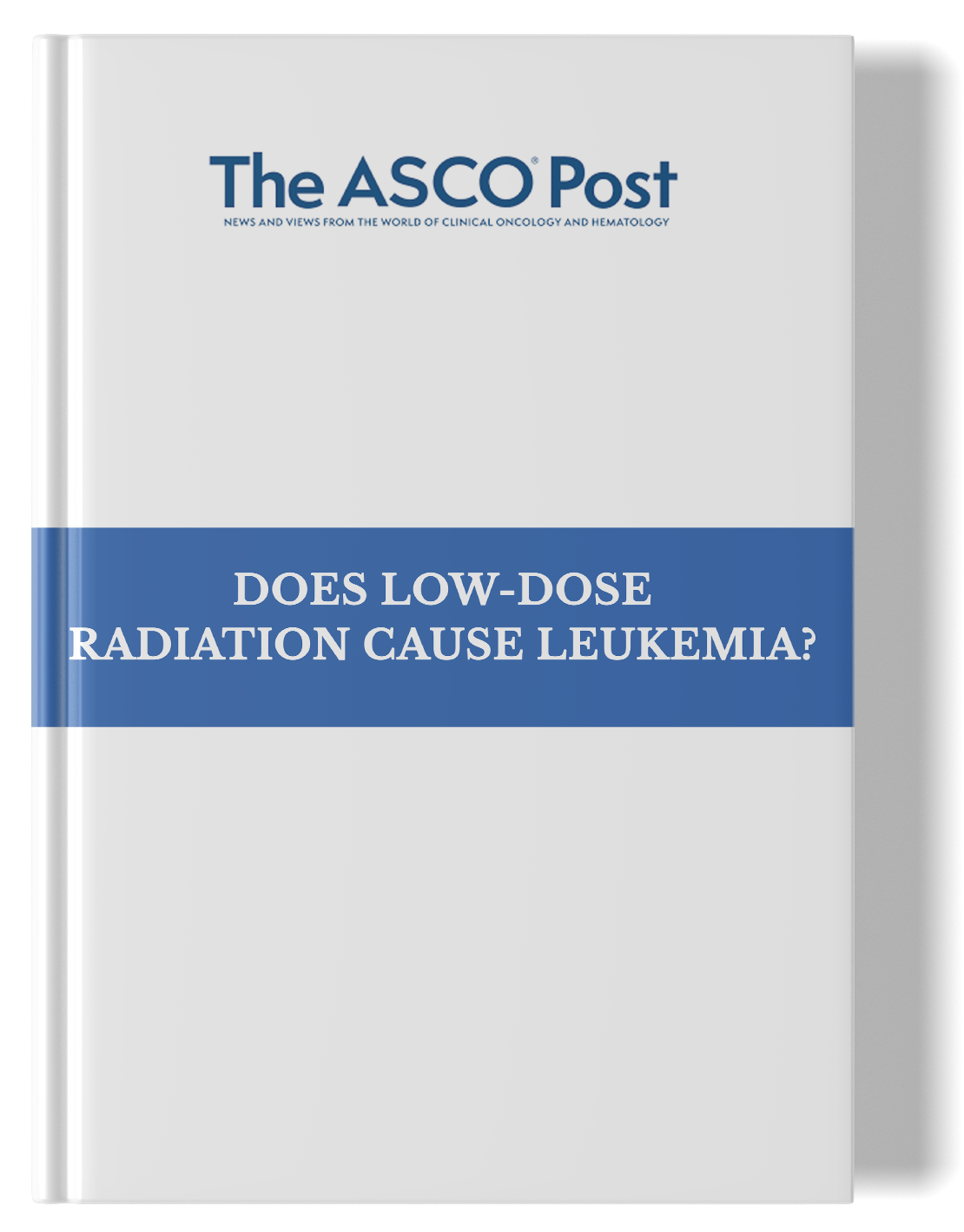That greater recognition took place at the 2022 meeting of the International Agency for Research on Cancer (IARC), the cancer agency of the World Health Organization, where a working group of 25 scientists representing eight countries concluded that occupational exposure within the firefighting environment is carcinogenic, upgrading the previous classification from possibly carcinogenic when IARC first reviewed firefighting in 2007. The researchers decided there was sufficient evidence that occupational exposure causes mesothelioma and bladder cancer, while still elevated but more limited evidence that exposure causes colon, prostate and testicular cancers, melanoma of the skin, and non-Hodgkin lymphoma.
Furthermore, the working group found strong evidence that occupational exposures in firefighters led to five key toxic mechanisms known to contribute to cancer, including DNA damage, epigenetic changes, chronic inflammation, oxidative stress, and receptor-mediated effects.
The change in IARC determination was based on many new research studies on exposures, toxic mechanisms, and cancer rates in firefighters. These included exposure and toxic mechanism studies conducted as part of a long-time partnership between the firefighters with the Tucson Fire Department (TFD) and researchers at the University of Arizona Health Sciences, led by TFD Chief Darin Wallentine and Jeff Burgess, MD, MPH, MS, Professor at the University of Arizona Mel and Enid Zuckerman College of Public Health. Burgess was also an invited specialist within the IARC working group.
“Upgrading the classification to carcinogenic has essentially upgraded the quality of life for millions of firefighters throughout the world.” said Wallentine.
“Now we need to work collaboratively with the fire service to find ways to reduce cancer risk.” Burgess stressed.
Discovering Toxic Mechanisms
The TFD-University of Arizona team, working with Jackie Goodrich, PhD, Research Associate Professor at the University of Michigan School of Public Health, conducted groundbreaking research identifying some of the toxic mechanisms of firefighting exposures, particularly the role of epigenetic changes, which increase or decrease gene expression and are essential steps in the development of cancer. Exposures to smoke from fires and other exposures such as per- and polyfluoroalkyl may be altering the epigenome over time, eventually leading to disease development, notably among firefighters.
With the significant new data for firefighters, Burgess noted, “We have known there is a higher incidence of cancer among firefighters, and this research potentially shows us the mechanism through which the exposures that firefighters face leads to increased health risks.”
Epigenetic regulators are modifications to DNA that control whether genes are turned on or off. Epigenetic alterations by exposures reflect subtle biological changes contributing to subsequent disease risk and development, he explained.
Several of the findings, specifically the epigenetic and receptor-mediated mechanisms of cancer, were conducted by the University of Arizona and University of Michigan research team members in collaboration with the TFD led by Wallentine. He is retired from the TFD and now serves as Deputy Fire Chief for the Sarasota County Fire Department in Florida, and currently serves on the Board of Directors for the International Association of Fire Chiefs Safety, Health, and Survival Section with a mission to reduce the number of preventable line-of-duty deaths and injuries in the fire and emergency service.
Wallentine was a member of a three-person team coordinating the collection of biologicals, including urine and blood samples, from each firefighter. This required gathering them during three shifts, 24/7, 365 days a year.
“We chased firefighters at all hours of the day and night through the city,” he noted. “Once we tracked down the firefighters on scene, the firefighters completed a survey using an iPad, and we later collected the biologicals.”
This process continued for 3 years and was a significant part of the evidence necessary for the IARC change, Wallentine noted. “It also may have a benefit when filing a workers’ compensation claim that requires specific fire location of each firefighter where the exposure likely occurred.”
Methodology & Results
The existence of the epigenome and its importance in diseases, including cancer, have been known for many decades now, said Burgess.
“Environmental epigenetics, a subfield that has emerged in the past 20 years, seeks to uncover environmental exposures and conditions that modify the epigenome,” he said.
Burgess led a team of researchers focusing on three primary areas: exposures, epidemiology studies, and mechanisms. The team studied DNA methylation, an epigenetic regulation that helps provide a potential mechanism linking occupational hazards to adverse health outcomes.
“We hypothesized that DNA methylation profiles would change in firefighters after starting their service,” Burgess said. “We also wanted to determine whether these patterns would be associated with occupational exposures, measured as a cumulative effect based on the fire hours and fire runs, which represent the overall time worked at each fire scene over time.”
Next, Goodrich profiled DNA methylation with the Infinium MethylationEPIC array in blood leukocytes at two time points in non-smoking new recruits: prior to live fire training and 20-37 months later. Linear mixed-effects models adjusted for potential confounders were used to identify differentially methylated loci (locations in the genome) over time using data from 50 individuals with repeat measures, she explained.
“We report 680 loci with statistically significant altered methylation, including 60 with at least a 5 percent methylation difference at follow-up,” Goodrich explained. “Genes that these loci were in were enriched in biological pathways related to cancers, neurological function, cell signaling, and transcription regulation.”
Next, linear mixed-effects models were used to determine associations between occupational exposures with methylation at the 680 loci, which showed that 140 of these loci were related to proxies of fireground exposures—number of fire runs between baseline and follow-up and total time spent at fires (fire hours).
“These associations were independent of time since the most recent fire, suggesting an impact of cumulative exposures,” she noted. “Overall, this study provides evidence that DNA methylation may be altered by cumulative fireground exposures, and whether this change contributes to cancer development later in life needs to be determined.”
Interventions for Prevention
One particularly impactful achievement of the research resulted from the identification of interventions to reduce firefighter exposures, thereby reducing cancer risk. During the third year of the study, the team initiated three intervention strategies.
The first intervention involved post-fire decontamination using a garden hose, Dawn dish soap, and a scrub brush. This prevention effort has the potential to remove up to 85 percent of the polycyclic aromatic hydrocarbons.
The second intervention addressed protecting the driver/operators on the exterior pumping lines by wearing a self-contained breathing apparatus over their regular duty gear to minimize inhalation exposure.
Finally, the third intervention was to ensure none of the contaminated gear goes back in the truck for transport back to the fire station. The turnout gear can be safely taken back to the station for deeper cleaning, preventing the firefighters from breathing in the toxins that may be off-gassing. The TFD began prioritizing the purchase of two sets of turnout gear for each firefighter. “Both regular washing our turnout gear and putting on a new set prior to going on the next emergency call reduces potential contamination,” Wallentine noted. The results of the three interventions showed a reduction of exposure when the biologicals were tested after using them as best practices.
Since the conclusion of the study and the IARC’s decision to classify exposure as carcinogenic, the TFD has been sharing their best practices with fire departments throughout the world.
“This research played a significant role in helping firefighters now have the possibility of improved health care, as well as allowing those diagnosed with cancer a smoother process of filing a claim for workers’ compensation and having these claims accepted,” said Wallentine.
Knowledge for Future Applications
“This new IARC classification highlights the need for exposure reduction while also looking at other ways we might be able to modify the effects of these toxic exposures,” Burgess noted. “This is just the beginning. Our next phase is to identify how to prevent or reverse those toxic effects.”
The research with TFD led to the establishment of the prospective Fire Fighter Cancer Cohort Study (FFCCS), focused on cancer prevention in firefighters, which launched in 2016 and now has close to 3,000 participating firefighters from over 50 fire departments across 19 states, with ongoing additional recruitment and enrollment. Firefighter participants provide periodic survey information and blood and urine samples for evaluation of exposures and effects. The FFCCS academic team includes leaders from the University of Arizona, University of Miami, the National Institute for Occupational Safety & Health, Rutgers University, and the Fire Protection Research Foundation.
“The FFCCS has grown to the point where we are now conducting different types of research under the broader umbrella of cancer,” Wallentine said. “As an example, female firefighters are oftentimes underrepresented in fire service research and face unique challenges, specifically studying reproductive health, stress, and cancer.”
Wallentine said another initiative involves working with equipment vendors emphasizing the need for new technology in the turnout gear that is changing how firefighters are affected by fireground exposures.
“One of the latest advancements include a particulate blocking hood to keep soot off the head and neck and preventing products of combustion from getting on vascular areas which the body absorbs,” he noted.
Wallentine said the research was also personal after he was diagnosed with thyroid cancer just 4 months before reporting to the fire academy for his new position with the TFD in 1996. “The push for improved support for all firefighters will continue to move forward with more data for different types of cancer, as well as addressing presumptive cancer legislation,” he said.
The data that led the IARC’s decision will drive public policy debate of presumptive cancer designation, said Wallentine. Meanwhile, individual states will need to update their cancer list for these types that are presumptive.
“Data goes a long way in creating converts in minimizing levels of exposure during a firefighter’s career,” he said. “Without data, we would only be hoping for the possibility. Today, however, we believe we have succeeded in impacting positive change for firefighters on a global scale.”
